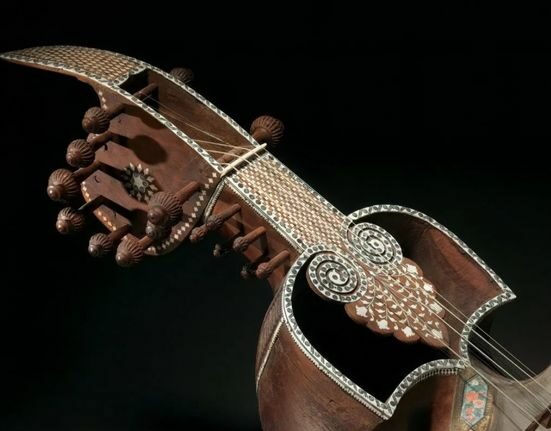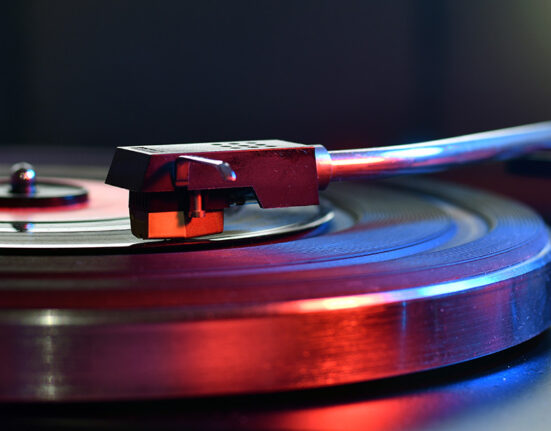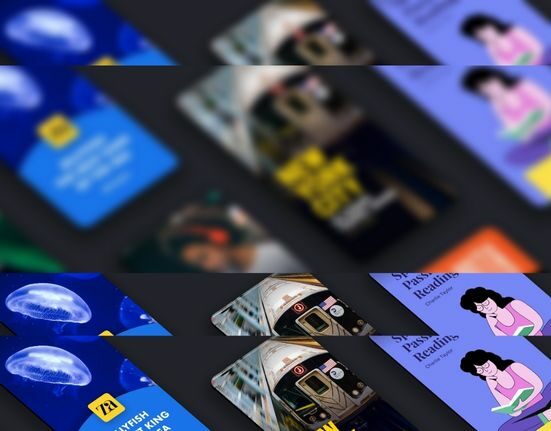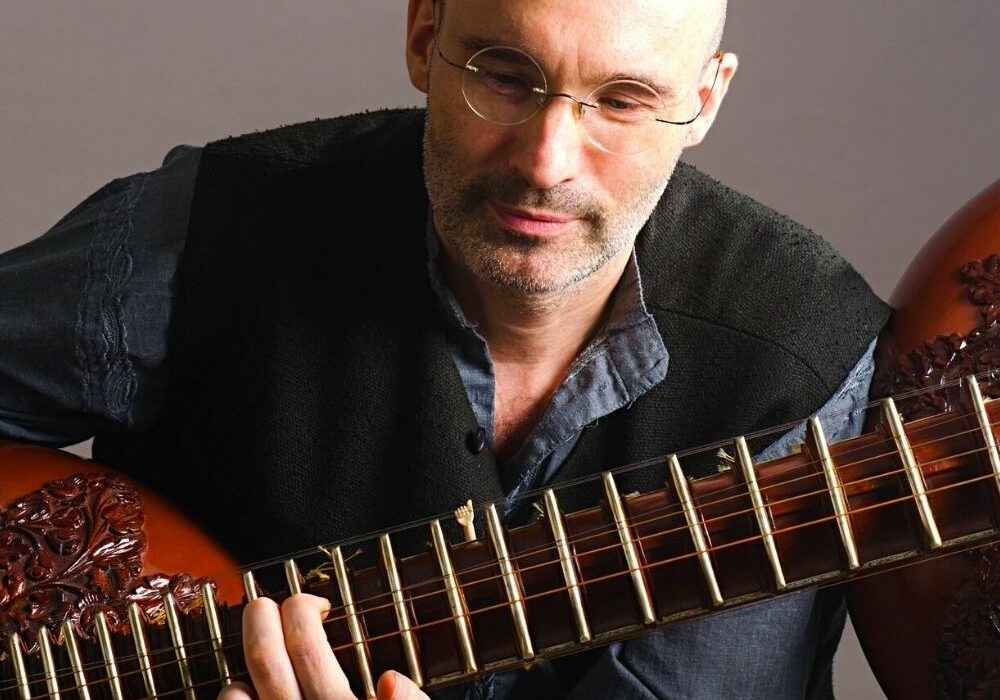The Rudra Veena, according to Indian mythology, was crafted by Lord Shiva in admiration of his wife Parvati’s beauty who lay in repose, an arm thrown across her breasts. Well, the biggest irony associated with this instrument was that women were excluded from learning and playing this instrument as it was considered sacred. It is considered too heavy for a woman’s “frail” shoulders. Another superstition attached to playing Rudra Veena was that it rendered the female player infertile. However, very few women such as Jyoti Hegde, have successfully defied this superstition and sexism associated with the instrument and became the first female Rudra Veena player in the modern world. Here’s everything that you wanted to know about the majestic Rudra Veena.
Tanya Sujan | BeatCurry Team
THE INSTRUMENT
This plucked string instrument has a long tube-like body made of wood or bamboo with gourd-shaped resonators attached to either end. The veena also consists of a fingerboard. Rudra veena requires a certain sort of posture that the musician needs to sit in while playing the instrument. One gourd is supposed to rest on the left shoulder and the other on the right thigh. Particularly, a challenging instrument to carry, the traditional Rudra Veenas would weigh close to 10kgs. These veenas were played in the Vajrasana or Darbari Baithak posture in which it is placed diagonally with the upper gourd resting on the left shoulder and the lower gourd resting on the right thigh with the fingerboard laid near the chest. However, since this was a very difficult posture to play the veena in, musicians came up with an easier alternative posture called the Sukhasana. In this posture, the veena is placed half diagonally with the upper gourd resting on the right thigh while the lower gourd rests on the floor and the fingerboard is placed away from the chest.
THE HISTORY
The earliest pictorial mural depiction of a stick-zither instrument resembling the Rudra Veena is found from the Gupta period (5th century A.D.) in one of the Buddhist caves of Ajanta in Maharashtra. In most of the iconographic depictions from the ancient period, the Veena was a single-stringed instrument with just one resonator. It was only in the 16th century that Rudra Veena developed the shape we see it as today with frets and two symmetric resonance bodies. It quickly entered aristocratic courts and became a very important instrument enjoyed by wealthy patrons of music. It went on to become the solo instrument of the vocal Dhrupad music style. The modern classical style of music that grew in North India, called Khayal, Rudra Veena lost its original essence as more leverage was given to instruments such as Sitar and Sarod.
RUDRA VEENA EXPONENTS
At BeatCurry, we respect and salute the legends who have carried forward the Rudra Veena, the pioneers who’ve kept this instrument and it’s traditions alive, and at the same time propagated and inspired generations of players. It’s thus our sincerest intent to identify, research and present information about them.
Ustad Zia Mohiuddin Dagar, who belonged to the illustrious Dhrupad and the Beenkaar family in Rajasthan, was one of the most renowned Rudra Veena players in the world. He was the first artist to break the traditions and become a Rudra Veena exponent instead of becoming a Dhrupad singer. His son, Ustad Baha’ud’din Mohiuddin Dagar, born in 1970, is the famous Rudra Veena player of the Dagarbani style. He represents the 20th generation of Dagar lineage, referring to Nayak Haridas Dagar of the 16th century.
The recipient of the prestigious Padma Bhushan, the late Ustad Asad Ali Khan, who came from a family of Rudra Veena players, belonged to the seventh generation of the Jaipur Beenkaar Gharana-founded by the 18th century Beenkaar Shahji Saheb. Ustad Asad Ali Khan was the son and disciple of Ustad Sadiq Ali Khan, who was the court musician of Alwar and Rampur. The latter was trained in the Rudra Veena by his father, Ustad Rajab Ali Khan, who also trained his nephew, Ustad Musharraf Ali Khan.
Mohammad Dabir Khan, the grandson and disciple of Wazir Khan, who belonged to Tansen’s lineage, was among the last veena players of the Rampur Seni Gharana.
Shamsuddin Faridi Desai, the great Sufi Beenkar from Gujarat, who passed away on 16th August 2011 at the age of 75 years, was the son and disciple of the renowned Rudra Veena player Mohammed Khan Faridi, who came from the centuries-old tradition of Gauharbani Gharana.
THE PRESENT SCENARIO
Vidushi Jyoti Hegde, Ustad Bahauddin Dagar, Bikram Jeet Das, Dr. Jayanta Kumar Das, Carsten Wicke and others are among the few renowned trailblazers and exponents of the majestic Rudra Veena.
In current times, the practitioners of Rudra Veena and the instrument itself are on the verge of extinction. Musicians who play the Veena are declining, craftsmen who make the Rudra Veena are becoming rare and the saddest of all, patrons and appreciators of this melodious instrument are rarely found. With the instrument observing a downward trend, it’s vital for all of us as the music community to come together to understand, bridge the awareness gap, support, promote and empower this niche space.
If you’d like to know about the unique and versatile forms and flavours of music, log on to www.beatcurry.com, subscribe and never miss another update from us.







